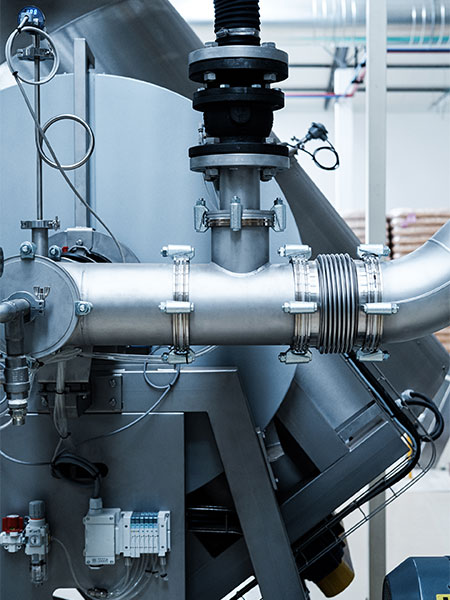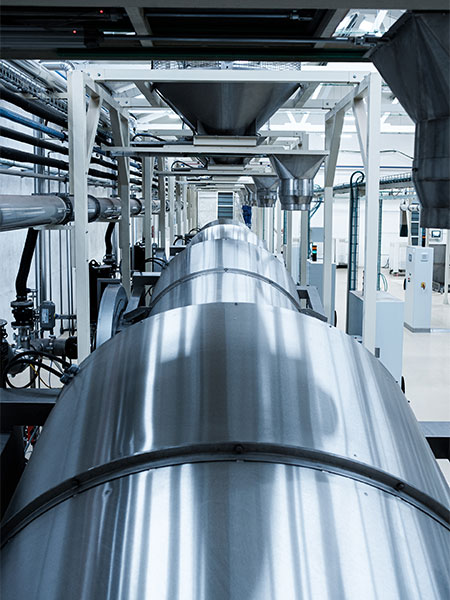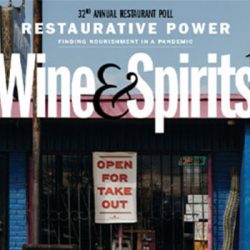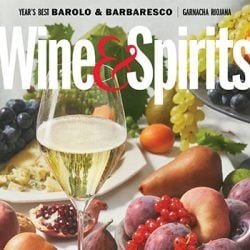Amorim, the world’s largest cork company, today launched Naturity, a new technology that the firm asserts will help bring an end to cork taint. Naturity is a treatment for natural cork stoppers that removes a range of potential taint compounds.
Cork taint is as old as the use of cork as a closure, but became a topic of intense debate in the late 1990s, leading to the emergence of alternative closures, and the first big rollout of screwcaps in Australia’s Clare Valley with the 2000 vintage. Very soon, screwcaps became the main closure in both Australia and New Zealand, and synthetic corks gained traction elsewhere. The cork industry responded by implementing preventive measures, including new cork-storage and -washing protocols, and began developing curative technologies. Estimates at the time were that around five percent of cork-sealed bottles were tainted, a figure that has gone down somewhat, but which is very hard to quantify as no one has collected data systematically.


The challenge is to remove from cork any taint compounds—the chief one being the potent, musty-smelling 2,4,6-tricholoroanisole (TCA)—without altering its desirable properties. This presents a problem that has proved quite hard to solve.
The first curative technique introduced by Amorim in 2002 was ROSA (Rate of Optimal Steam Application), which looked to remove TCA by applying steam. Initially only suitable for cork granules used to make technical corks, it was expanded for use on whole cork stoppers in 2005 and ’06.
“Since then, over the last few years, we have been upgrading ROSA, optimizing the conditions to get better extraction,” says Dr. Paulo Lopes, research director of Amorim. “In 2016, we felt we had reached the full capacity of this treatment, and it was also the year we launched NDTech.”
NDTech involves assessing individual corks by GC–MS (Gas Chromatography–Mass Spectrometry) and rejecting any that have releasable TCA above 0.5 ng/l. This is below the threshold of detection for humans. However, NDTech is expensive, and there are many good corks that are rejected as false positives. “[Because of the expense], we could not expand NDTech to the entirety of our natural cork range,” says Carlos de Jesus, communications director for Amorim. “We needed to come up with something that extended the non-detectable TCA performance to the lowest grades.” To that end, Amorim began working on Naturity in 2016.
“The principle behind Naturity is thermal desorption using pressure variation,” Lopes explains. “It will allow us to break the bond that TCA has to the cork, creating conditions where we can do this at moderate temperatures.” At atmospheric pressure, in order to vaporize the TCA out of the cork, temperatures of around 240 degrees C. are needed, which would damage the cork structure. But in this new protocol the pressure is reduced to move the boiling point from 240° C. down to 40° or 50° C. The process extracts around 150 different volatile compounds. “People are really focused on TCA,” says Lopes, “but I think it is much more than that. At the same time, we are able to extract other non-structural volatile compounds that could be present in the cork. Some could be responsible for off flavors other than TCA’s.


“This last year and a half we have been preparing all the facilities and installing the necessary number of machines, to ensure that our entire natural-cork stopper range will be treated with this technology.”
Unlike the NDTech screening, which is expensive, Amorim can implement Naturity at no extra cost to wineries. Ultimately, proving the effectiveness of this treatment will require third-party validation, but according to company representatives, Amorim has carried out extensive bottling trials with various wineries, and additional third-party validation trials will soon be conducted with the Geisenheim Institute in Germany and the Campden & Chorleywood labs in the UK.
Based in London, Jamie Goode is a lapsed scientist who now devotes his time to writing about wine, mainly in the UK national newspaper the Sunday Express, and on his own site, wineanorak.com. The author of The Science of Wine (UC Press 2014) and I Taste Red (2016).
This is a W&S web exclusive. Get access to all of our feature stories by signing up today.


















